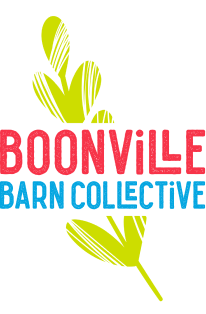It's just past 10 am here in Boonville and we've already surpassed 3 inches of rain from a massive storm hanging out over Northern CA. We've got a potential of 10 inches in the forecast so while we're excited to get our irrigation pond filled, it's been an incredibly busy week getting the farm prepared for such a big rain storm.
But luckily for you, Gideon and I spent the weekend and all day Tuesday packing up our 2024 crop of dry beans. We have plenty of Southwest Gold beans on hand but beans with the most limited availability are Sorana beans, Tolosa beans, and Tiger's Eye beans. If those are your favorites, I wouldn't wait. We have less than 100 bags of each of these 3 bean varieties available.
We apologize if any of the beans sell out quickly, but even with the biggest crop of beans we've ever harvested I'm sure we're going to disappoint some folks. We've got some serious bean lovers out there that have waited 11 months to get an order in and I don't expect them to hold back.
I do not enjoy scarcity tactics when it comes to selling goods (or when companies create false scarcity for things they have in hand!) and work really hard to try and have all our products available throughout the year. Unfortunately, sometimes as a farmer the crop doesn't come in as bountiful as you'd have liked due to extreme heat, fire damage, and pest pressure. As Nacho reminds me, that's farming.
Looking for some guidance on what our different beans are like? Here's a quick overview to help you decide on what to get.
Sorana Beans: Super creamy ~ Super rich ~ Italian. These beans are native to Tuscany, Italy. They are best enjoyed simply with garlic, sage, a bit of chile flake, and good olive oil. Use these beans wherever recipes call for white beans or cannellini beans, in cassoulet, soups, and rich bean ragouts.
Southwest Gold Beans: Meaty ~ Rich ~ Four Corners region. These are a hybrid variety of the Zuni Gold bean, an indigenous crop of the Zuni people. They hold their shape when cooked and are great in a pot of chili, on a pan of nachos, and with vegetables in a bean ragout.
Brown & Tan Tepary Beans: Toasty ~ Indigenous Southwest. These beans are a traditional food for the Tohono O'odham tribe in the Southwest. They are higher in protein than other beans and are well adapted to growing under drought conditions. Brown Tepary are a bit nuttier in flavor while Tan Tepary are a bit sweeter. They take a big longer to cook (40ish minutes in an instant pot) and can be used like lentils in soups and salads. I'm a big fan of these beans.
Tiger's Eye Beans: Rich ~ Tender ~ South American. These beans were originally cultivated in Chile and Argentina and get incredibly creamy when cooked. To us, they are a good alternative to pinto beans and work great for refried beans, in a classic chili, or in a pot of brothy beans. Unfortunately they lose their beautiful red swirls when cooked.
Tolosa Beans: Hearty ~ Creamy ~ Spanish Basque. These beans hail from Northern Spain, have a striking deep purple-black hue, and are much larger than a classic black bean. Traditionally prepared with a drizzle of olive oil, sausage, and braised cabbage, they work great in soups.
Zolfini Beans: Dense ~ Buttery ~ Italian. Potentially the fan favorite of all the beans we grow, these beans hail from Tuscany and have been used as a symbol of resistance of globalization and industrialization of the food system. They are best when prepared with garlic, sage, and a big glug of good olive oil. Use them in soups like ribollita or minestrone.



